
News Summary
- Diljit Dosanjh faces criticism for lyrics referencing alcohol during concerts but challenges double standards in India.
- Honey Singh joins the debate, calling out states profiting from liquor sales while censoring artists.
- Honey advocates for traditional Indian drinks in songs, humorously suggesting lyrics about lassi and jal jeera.
Why the double standards about alcohol in music?
Diljit Dosanjh’s stellar year was punctuated by controversy as several states criticized his song lyrics for referencing alcohol. This led to directives to modify his lyrics during his concerts. While Diljit complied, he boldly questioned the inconsistency of banning lyrical references while continuing to profit from liquor sales. His response, “If all states ban liquor, I’ll never sing about alcohol again,” sparked a nationwide debate about alcohol’s role in Indian culture.
Rapper Honey Singh, known for his own alcohol-themed tracks, stood by Diljit. He criticized the irony of states issuing advisories to artists while licensing liquor stores and generating revenue from alcohol sales. Speaking on India Today, Honey joked that if India became alcohol-free, he’d gladly adapt his songs to celebrate traditional Indian drinks like lassi and jal jeera. “We’ll even join this campaign,” he quipped, showing both humor and solidarity.
Is alcohol part of India’s cultural fabric?
This controversy delves into broader discussions about alcohol’s place in Indian society. Honey Singh highlighted its deep-rooted presence in parties, weddings, and celebrations across various communities—not just in Punjabi culture. He questioned why music was singled out when alcohol consumption is normalized in social contexts.
As Diljit’s Dil-luminati tour reaches its conclusion, with a grand finale concert in Ludhiana on New Year’s Eve, he remains unfazed by criticism. His year has showcased not just his artistic range but also his willingness to confront cultural double standards.
Conclusion
The debate about alcohol lyrics highlights a complex tension between cultural expression and societal norms. It raises important questions about accountability: Should artists bear the sole responsibility for addressing alcohol’s influence, or is systemic reform needed? For now, the conversation has added another layer of depth to India’s ongoing dialogue on cultural values and individual freedoms.


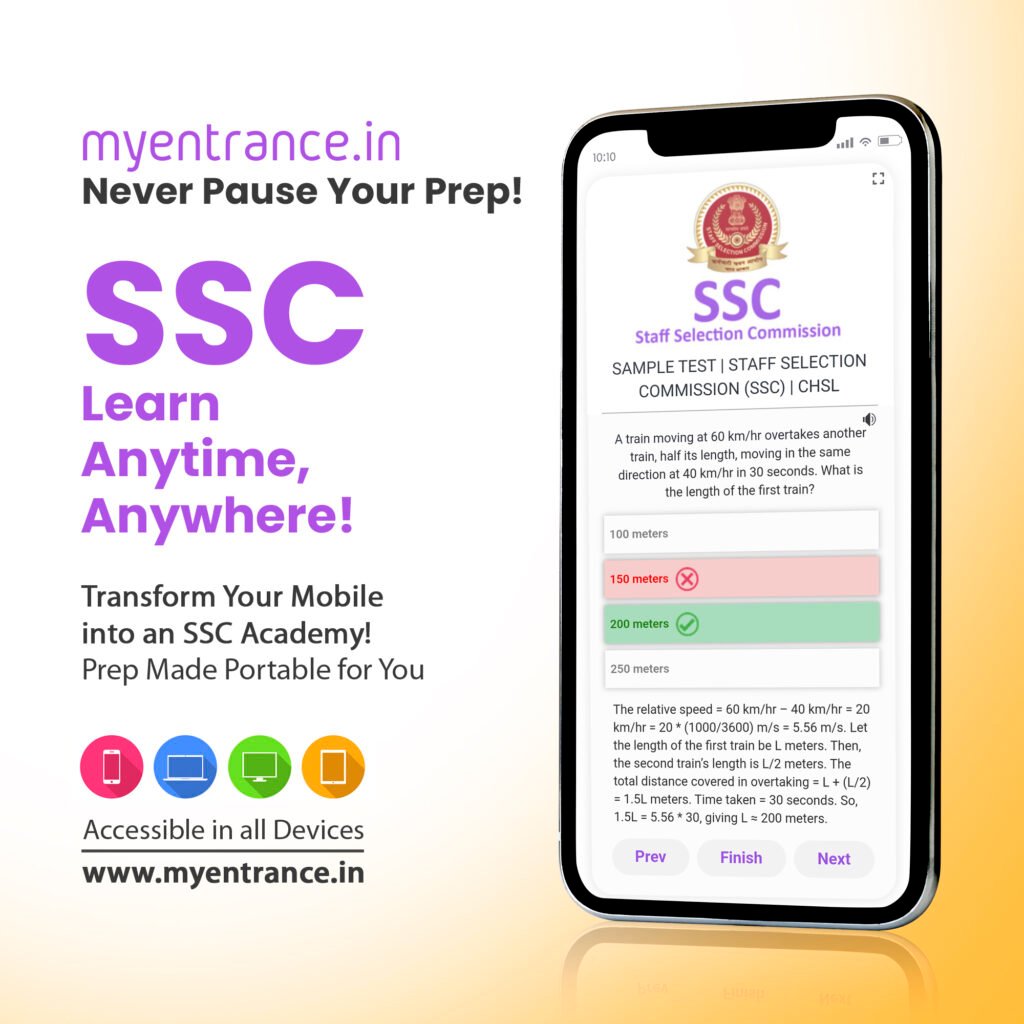


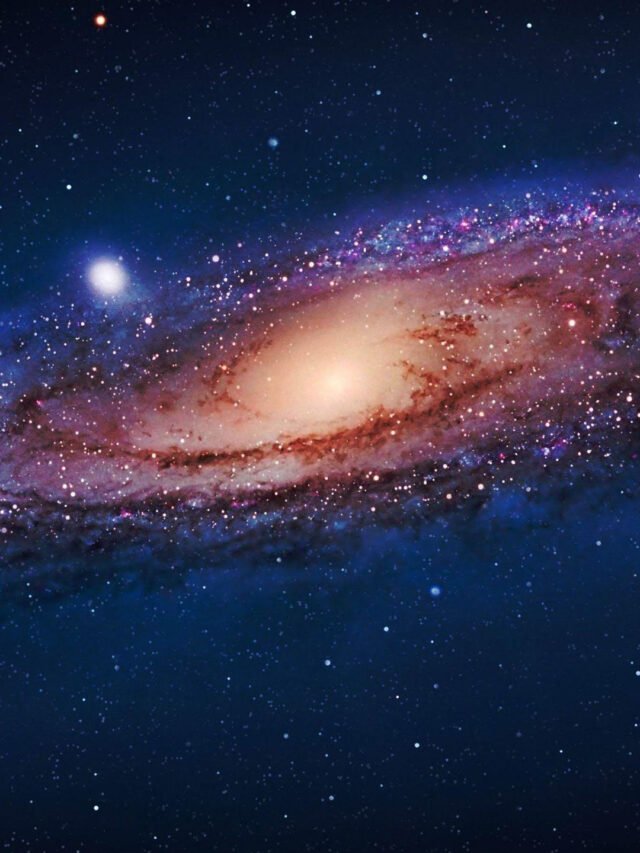


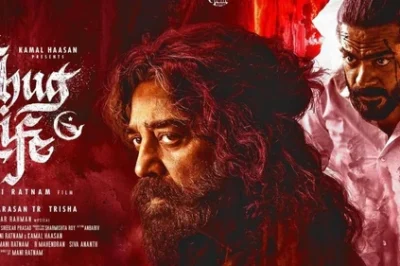
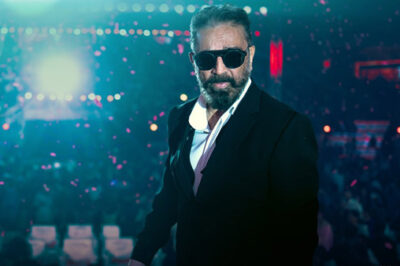
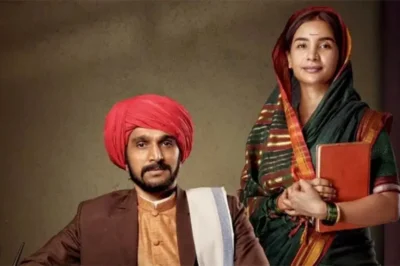


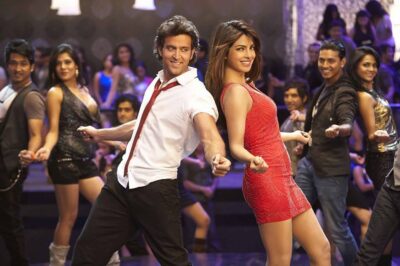










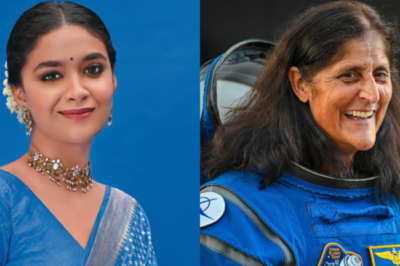
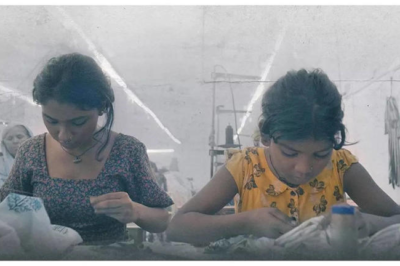





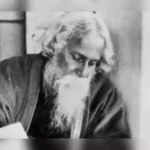
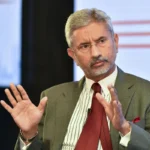



Leave a Reply